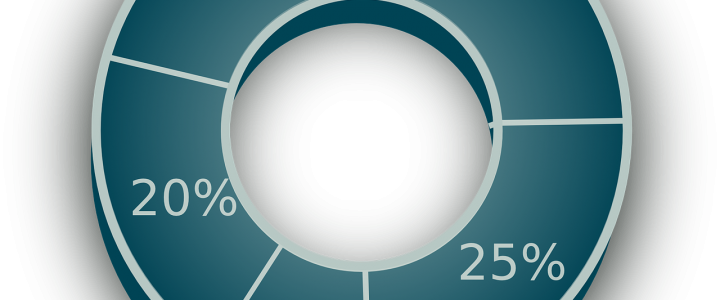Retirement paves the way to a new and exciting chapter of our lives, emotionally too. This is the moment of relief when, for the first time ever, we now have ample time to travel the world, take up new hobbies, and scratch whatever itch we’ve been ignoring.
Yes, retirement should be exciting. But for many of us, the thought of leaving our jobs forever can be daunting. After all, our careers play an important role in shaping our identity. And to suddenly cut the cord means we have to find something else to fill the void.
This isn’t helped by the fact that the word ‘retirement’ can be quite limiting – when it’s anything but. All too often, people associate it with old age and the ‘pipe and slippers’ part of life. This is why the financial conversation is often limited to how much you might have to retire on. And that’s that.
But it’s not as simple as that anymore. Today’s typical 60 somethings are nothing like those of a generation ago.
A lot of this comes down to the fact that life expectancy in North America has been on the rise for some time now. A generation ago, men could expect to live up to their late sixties, and for women their mid-seventies. Since then, life expectancy has improved incrementally. The current life expectancy for North American men is 76 and women 85.
This means that for many retirees these days, retirement isn’t a wind-down phase, but a whole new beginning. This means that financially speaking, you might need to consider how to manage your retirement fund more strategically.
But how do you prepare for such a massive transition emotionally?
According to gerontologist Ken Dychtwald, it’s all about mindset. He advises people approaching retirement to do so as they would a career: His advice is to set goals, to visualize a ladder to climb, and to use these targets as motivation to move closer towards your next destination.
Unfortunately, the statistics show how detrimental it can be to find yourself without purpose and meaning at retirement: depression is prevalent in 22% of men and 28% of women at the age of 65 and over.
If you’re unsure of how to even begin to plan for retirement, then following some of the principles from Professor Dychtwald’s five phases of retirement could help you map out your journey.
Imagination (15 before retirement)
Being at least fifteen years away from finishing work for good, retirement might not seem like a priority. At this point, you’re more likely to be making sure that career aspirations are met, bills are paid, and your children are able to get through university.
But it’s important to think about your pension at this stage as it can help to ensure you have the financial stability to live life on our terms, post-retirement. This is where you can start to dream big and imagine the retirement you really want to have.
Anticipation (3 years from retirement)
Now you’re planning to turn retirement it into reality… this is where preparing emotionally is just as vital as preparing financially.
A great way to do this is by trying to develop a network of retirees whom you can trust for advice so they can share their experience of how they coped with the process.
Make a note of the goals you want to accomplish and what measures need to be put in place in order to achieve them.
Preparing (1 year before retirement)
The new beginning is near! Now’s the time to start developing concrete steps. Ask yourself what you’re going to do during the first week of retirement and what you plan on doing on a day-to-day basis.
Make a plan of what you want to achieve in the first six months and talk it through with your partner or loved ones. Visualizing the practicalities of this new phase will make it seem less daunting when it eventually arrives.
The liberation phase (first year of retirement)
Your working life is finally over! This is the stage when you’re likely to feel the most excited, relieved, and liberated. You can finally begin to explore new opportunities, travels, and hobbies.
Unfortunately, this honeymoon period will eventually fade, but remember, this is natural.
Dychtwald states the importance of staying physically active and maintaining strong social ties with people at this stage.
Reorientation (3 years into retirement)
This is the part where creating a legacy for the next generation can be top of mind. Whether that’s by sharing your knowledge and wisdom with others, or by thinking more carefully about the financial gifts you’re leaving children and grandchildren, this is an opportunity for you to decide what impact you want to leave on the world.
Hopefully, this is helpful in terms of thinking about retirement and a brand new beginning. Retirement isn’t the end of the road; dream big and don’t be afraid to chase after your deepest desires.
This website is for informational purposes only and is not intended to be specific advice or recommendations. For specific advice or recommendations you would need to meet directly with one of our advisers.





